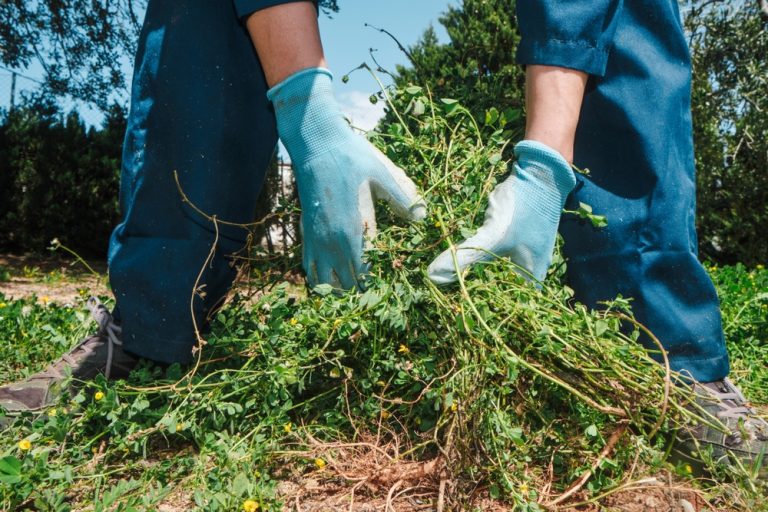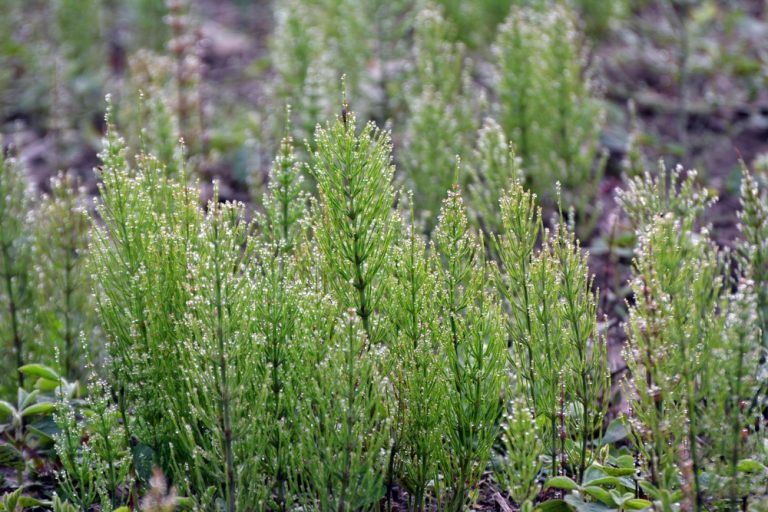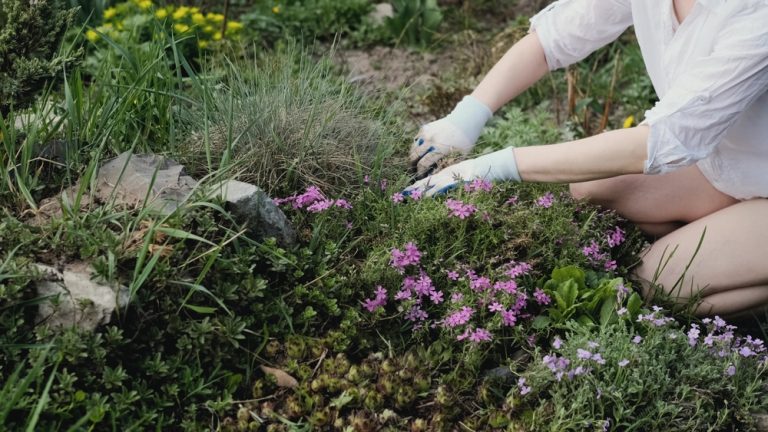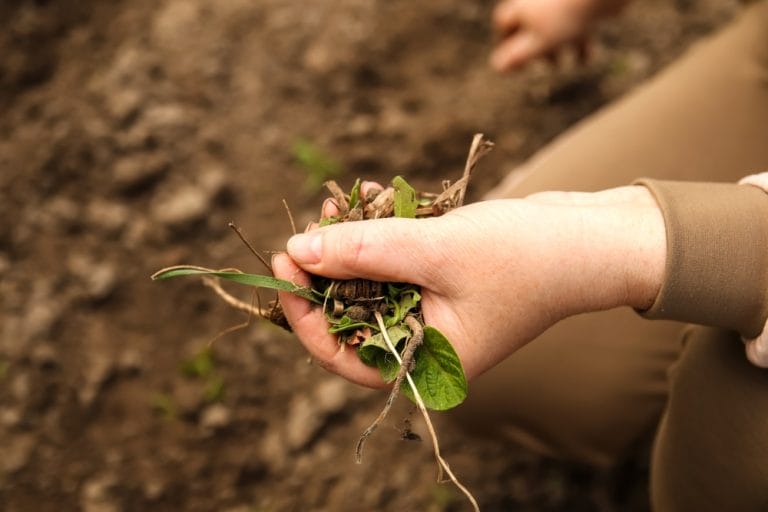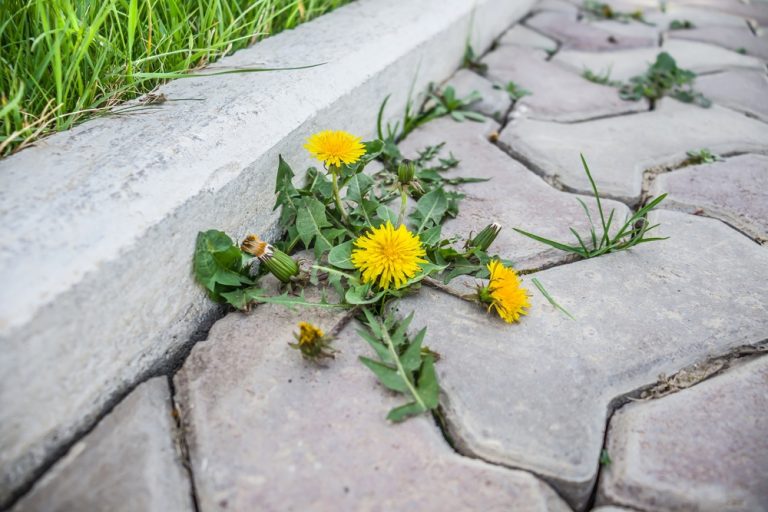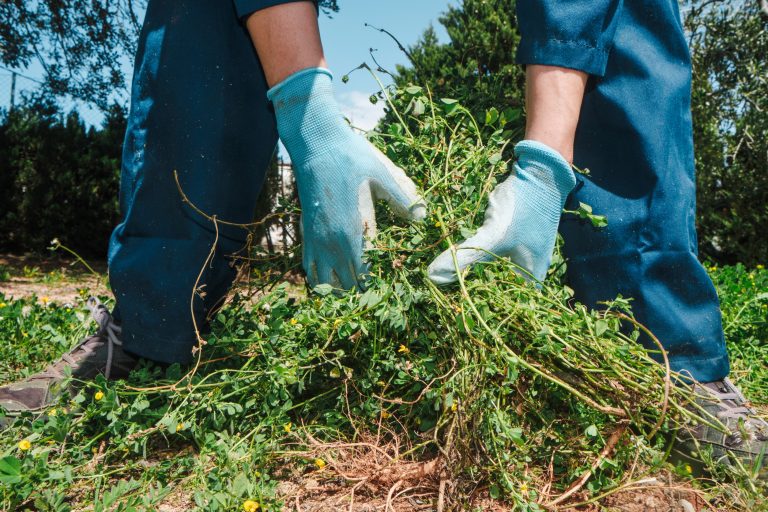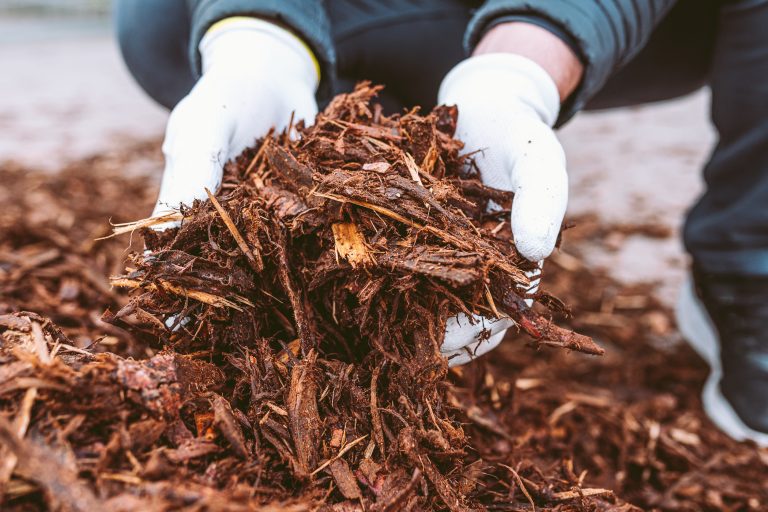Weeds. Those sneaky, green invaders that seem to spring up overnight, turning your perfectly manicured garden into a chaotic jungle. But what if we told you that some of your gardening habits might actually be giving these unruly plants a VIP pass to your yard? Yes, you might be unknowingly rolling out the red carpet…
weeds
5 Weeds That Look Harmless but Can Ruin an Entire Garden Bed
Every gardener loves the thrill of new sprouts and blooms, the delicate dance of colors and scents that make a garden feel like magic. But lurking among those tender shoots are sneaky invaders—plants that seem innocent, almost charming, but are ready to wage war on your carefully nurtured paradise. One moment your garden looks picture-perfect,…
7 Insidious Weeds That Will Take Over Your Garden if You Ignore Them
Gardening is supposed to be peaceful, right? A little sunshine, dirt under your nails, and the satisfaction of watching your flowers and vegetables grow. But lurking in the corners of your garden are cunning invaders—plants that aren’t content to quietly coexist. These weeds don’t just show up; they launch full-scale takeovers, spreading faster than gossip…
The One Weed You Should Never Ignore in November
There’s a special kind of chaos that arrives in late fall—the holiday prep, the colder mornings, the frantic search for gloves you definitely owned last year. But lurking beneath all of that seasonal buzz is something far sneakier, something far more persistent, and something that absolutely thrives when everything else in your yard is slowing…
9 Edible Weeds That Pop Up in September
September is a magical month for anyone who loves foraging. The air is cooler, the days are shorter, and your backyard or local park might be hiding little treasures you never noticed before. While many people pull weeds out of habit, some of those “annoying” plants are actually edible, nutritious, and even delicious. From tangy…
Killing Weeds with Diesel? Here’s What You Need to Know First
Should you use diesel to kill weeds? Short answer: Nope. Weeds can be annoying. They compete with other plants for nutrients and can turn a pretty, organized garden into a patchy mess. Still, I’ll continue to stand up for weeds. Some of the plants we consider weeds are actually beneficial. They offer up food to hungry…
10 Garden Tasks That Prevent Spring Weeds
Spring is supposed to be about blooms, sunshine, and fresh starts—not a battlefield of weeds determined to turn your garden into a jungle. But every gardener knows the truth: those sneaky green invaders don’t take a vacation. They lie in wait all winter, ready to burst forth the second you relax. The good news? You…
9 Edible Weeds That Pop Up in September
Usually, most of us see weeds as yard villains. They crash our carefully curated gardens, steal sunlight from our favorite flowers, and grow faster than we can pull them out. But here’s a plot twist: some of those so-called “troublemakers” are not only edible—they’re downright delicious. As summer fades and September’s cooler days roll in,…
5 Fall Weeds You Should Pull Immediately
You finally survived summer’s mowing marathons, your lawn looks almost perfect, and you’re ready to kick back with a pumpkin spice latte and enjoy the crisp autumn air. But wait—what’s that sneaky green invader creeping through your mulch? Fall weeds. Just when you think the growing season is over, these stubborn little freeloaders show up…
The Mulch Trick That Saves Water and Fights Weeds
Gardens everywhere have a not-so-secret hero that works harder than most people realize. It’s not fancy fertilizer, it’s not high-tech irrigation, and it’s definitely not some rare seed that costs a fortune. The trick is mulch, and it’s one of the simplest ways to transform a struggling garden into a thriving one. Mulch isn’t just…
